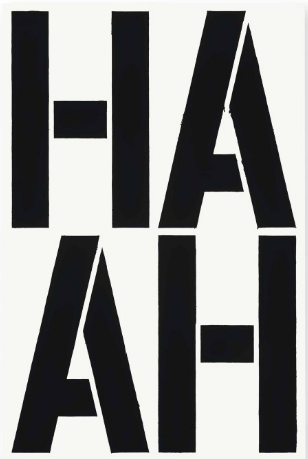
In a mildly interesting but mostly useless Forbes story about borrowing against your artwork Kathryn Tully explores the options available for those wishing to wring some liquidity out of their art collections. On the one hand, the topic of art-backed loans has popped up with more frequency in the past decade, not surprisingly in tandem with the explosion of growth in the broader art market.
It certainly says something that just over a decade ago, Sotheby’s and Christie’s spring and fall New York sales used to average about $400 million for a typical two-week season of both Impressionist and modern as well as contemporary art. Now the average season flies well over $1 billion. This past spring, Christie’s pulled in $745 million for a Postwar and contemporary art evening sale alone. That’s 3/4 of $1 billion in a single night.
And since art sales are still taxed at the maximum capital gains tax rate (28%), borrowing against a work is one way of getting cash without incurring the onerous tax, particularly for a work where market value has soared since it was acquired. And yet valuing artwork at any given time is an extraordinarily complex process that can vary based on the market, the condition of the work, and the reason for valuation, i.e fair market value, replacement value for insurance, a museum donation value, etc. Tully lays out some of the various scenarios on interest rates and loan amounts (lenders typically only go as high as 40–50% of a work’s value when considering a loan), as well as the risks incurred by lenders and insurers and whether or not the borrower gets to keep their prized piece hanging on the wall (policies vary).
As she finally, rightly, points out after three pages of questions about whether the practice of art lending will increase, Tully writes, “organizing art loans is a complex business,” and “that is why art lending is still a niche market. There may be an increasingly large mountain of money tied up in art around the world but there’s hardly a flood of new lenders that are dying to serve this market.” In other words: “Don’t try this at home.”